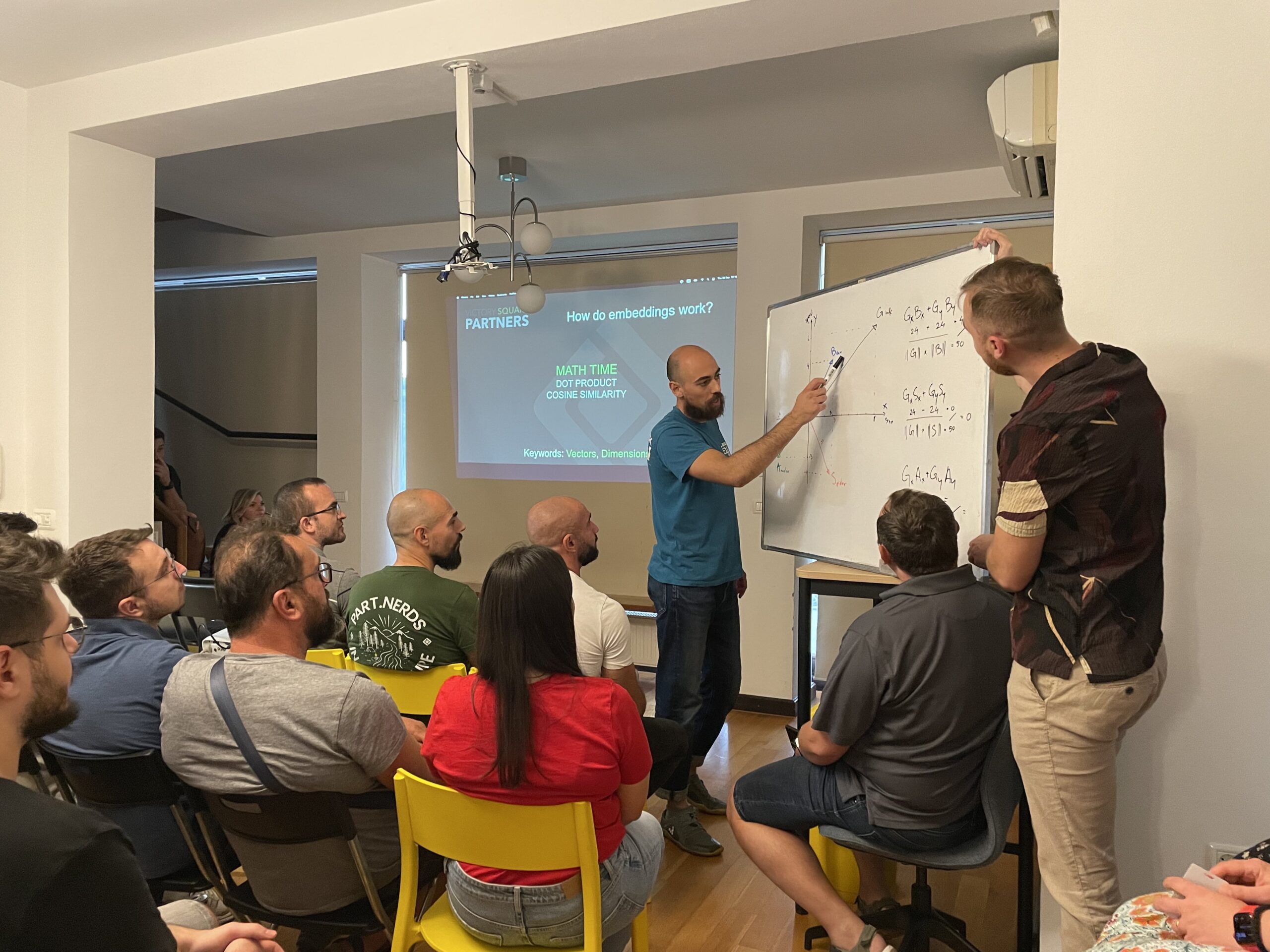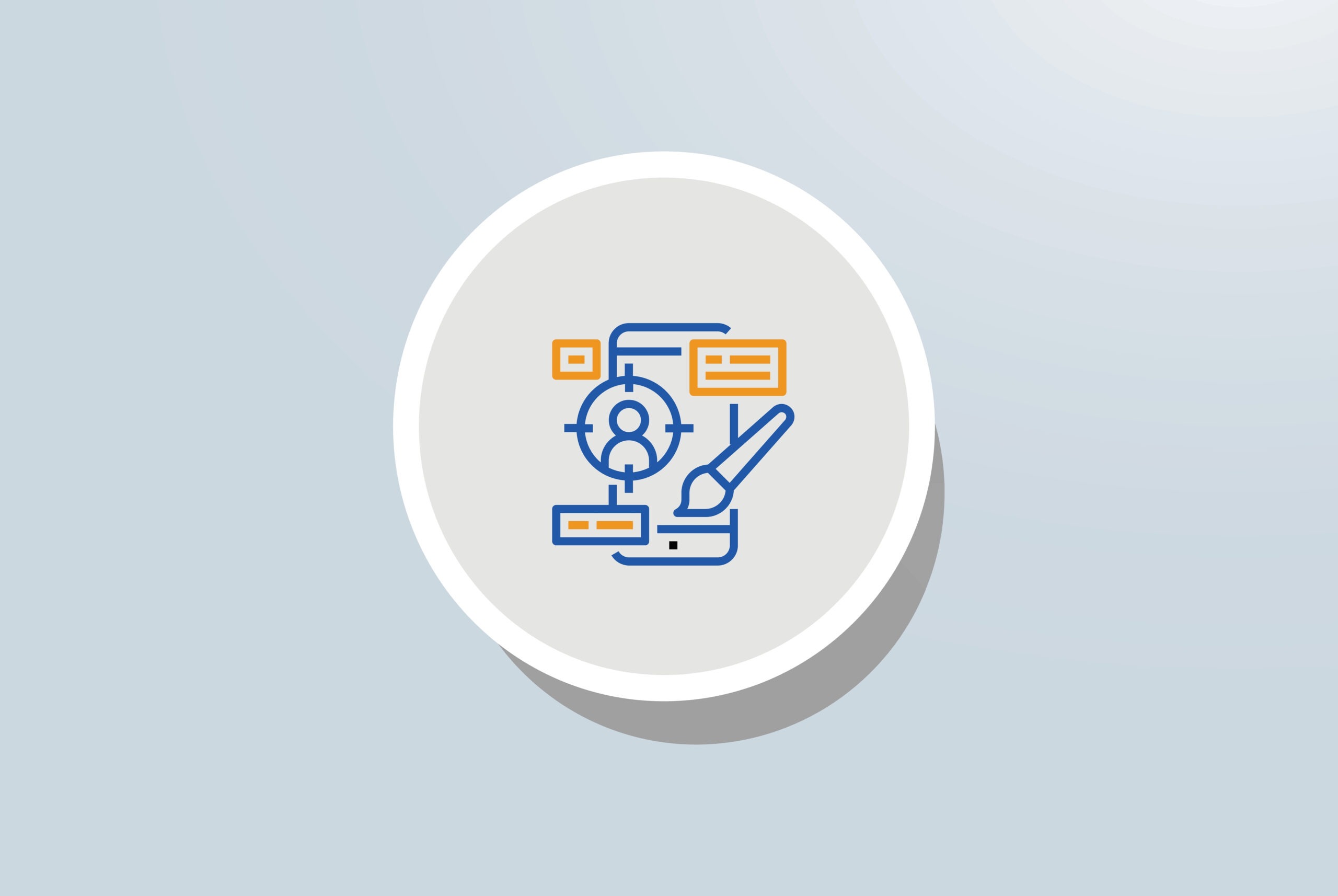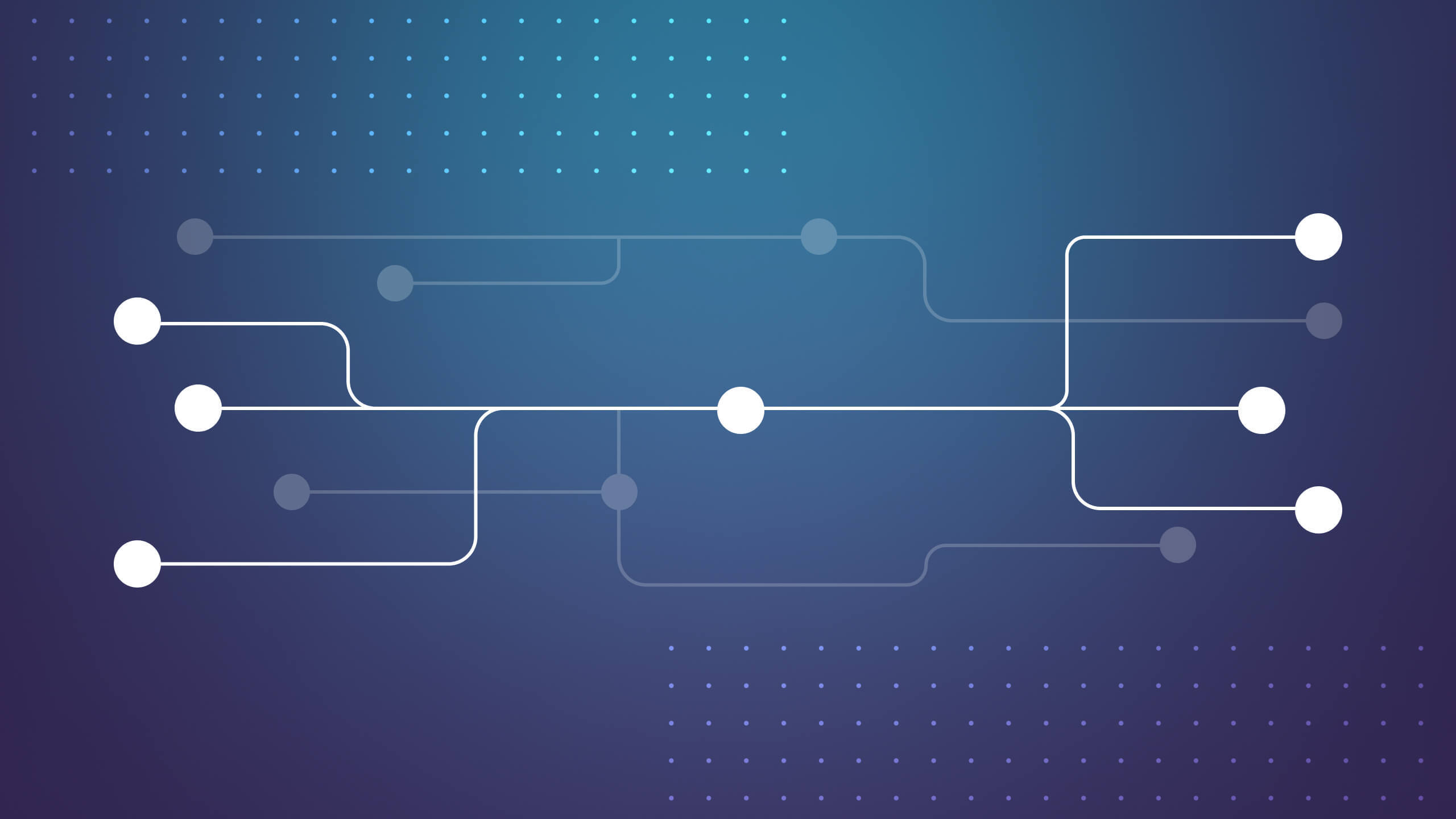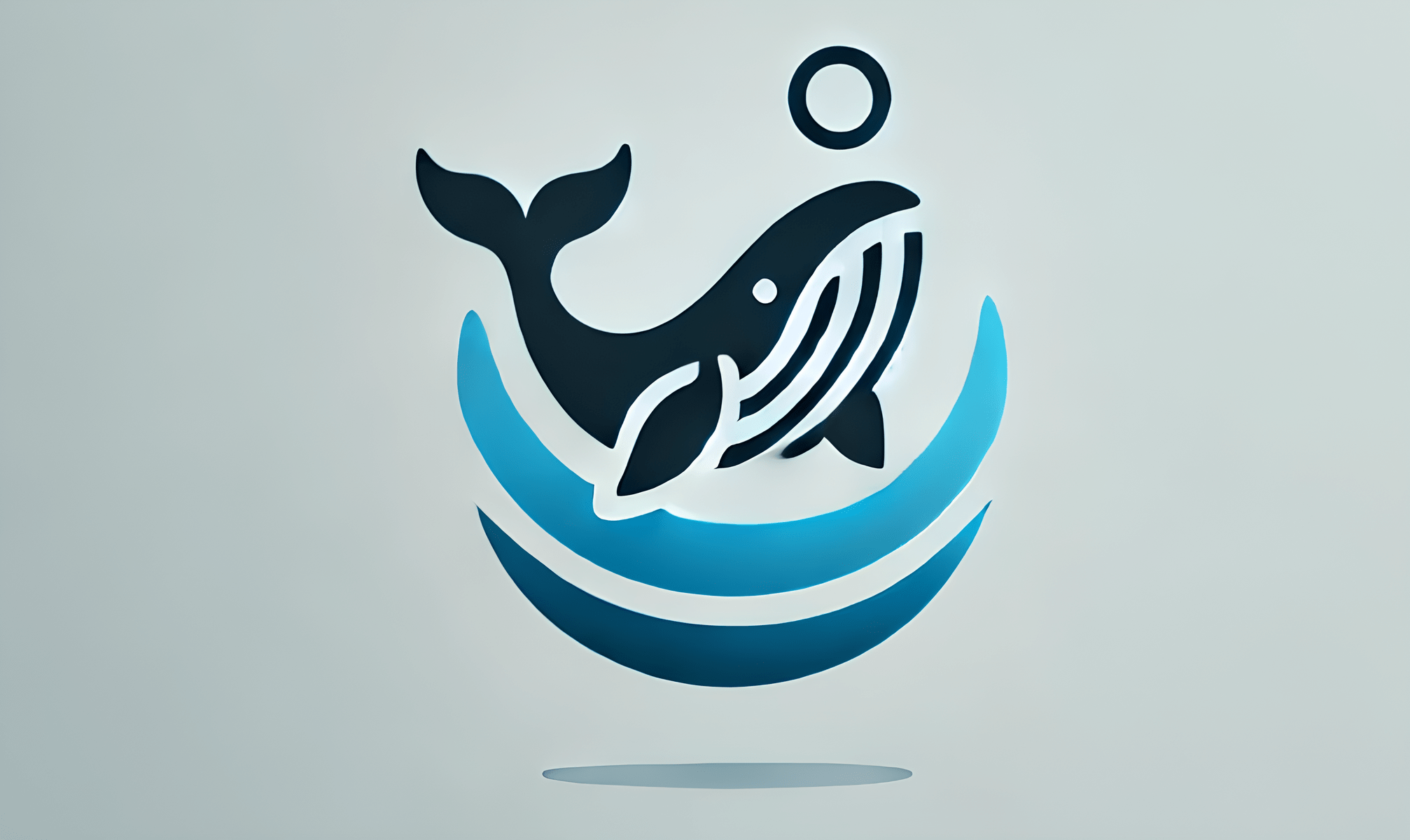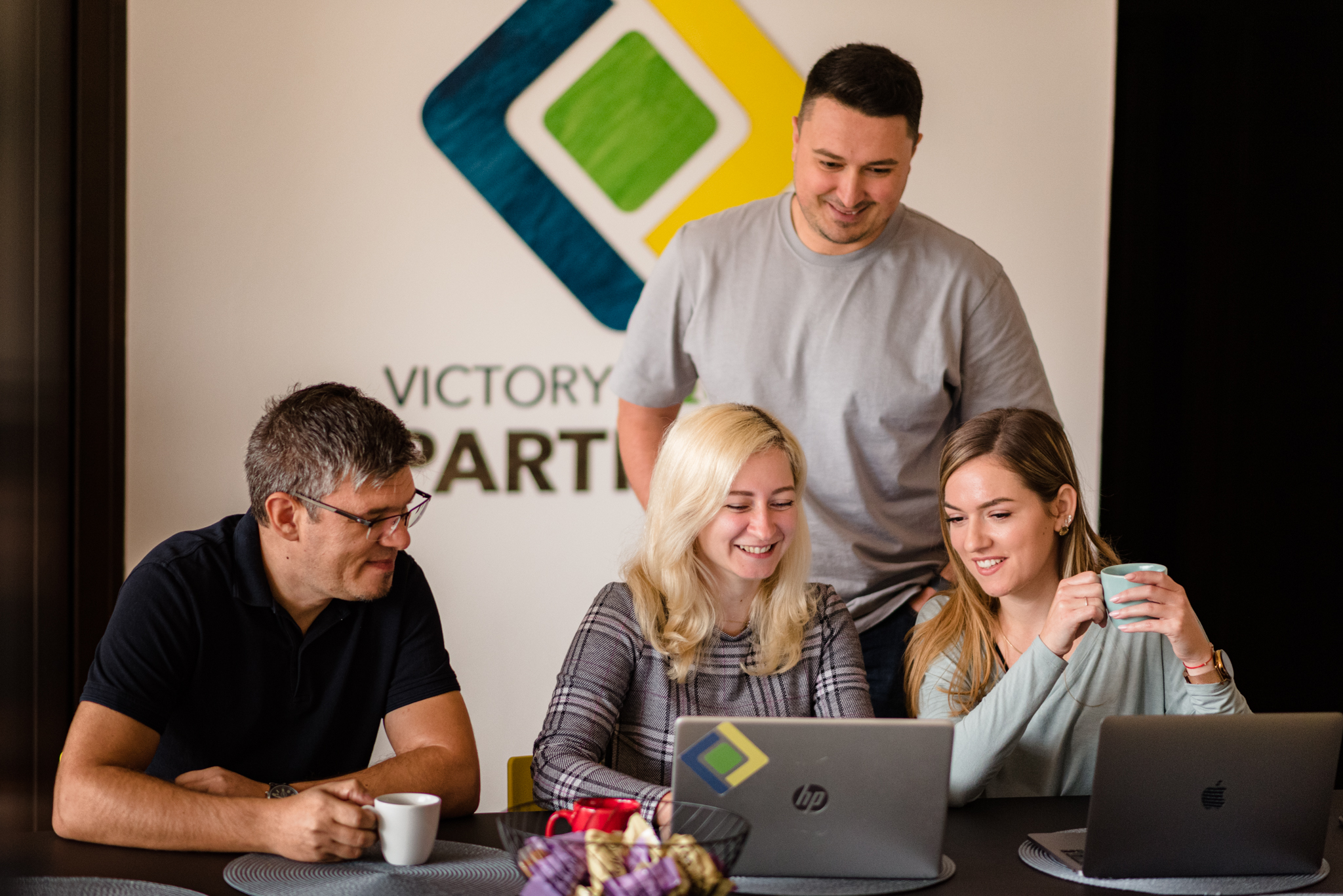In 2023 we celebrated our fourth year of existence and a series of accomplishments that reinforced the drive with which we started. Growing from a handful of people to a company that employs 140+ engineers is reason for celebration, but also for deep-thought as to how we can successfully scale and maintain our quality of services and culture. What’s more, it’s also a proper occasion for expanding into new, emerging territories that can bring value to clients in need of software products.
This context was the catalyst that persuaded us to implement an idea we entertained from the beginning of Victory Square Partners: to create a series of practices around the core domains and services that our company offers, while also exploring up and coming technologies and services.
In this article, we will discuss the six Victory Square Practices we set into place, with their objectives and long-term benefits, both for our employees and our clients:
✦ DevOps Practice
✦ UX Practice
✦ QA Practice
✦ Leadership Practice
✦ Security Practice
✦ AI Practice
Whether you’re a client looking for a software development partner or an engineer looking for a new role inside a fast-growing services company, this article will help you better understand our culture and our way of approaching projects.
What are the objectives of the VSP Practices?
VSP Practices feed from our belief that we can always improve, even in the areas in which we already are experts. In fact, continuous learning is one of our core values, alongside building good, trusted relationships. To help advance our values, each of the six Practices creates communities for people in the same domain, and unites them in tribes by establishing a common language and culture.
The ultimate objective is to generate more experts and establish an open base of knowledge to which all our employees have access and benefit from, no matter the project they’re on. At a granular level, this translates into standardised processes and best practices that can be followed and reapplied to deliver consistent results across projects. At the same time, the practices create stronger cross-functional teams, expanding knowledge from one department to another and generating technical expertise overall.
In addition, some VSP practices also research current tools, trends, and cutting edge technologies in order to keep up with international industry standards, and be one step ahead in meeting clients needs.
To be able to achieve these results, we have generated two streams of practices:
- A stream that flows from the areas in which we already have established services (UX Practice, DevOps Practice, QA Practice, Leadership Practice).
- A stream with a strong research component that tackles emerging domains or domains that are core to the success of any business (AI Practice, Security Practice).
To better understand the goals of each practice, let’s take them one by one. This way, we’ll be able to elaborate more on the tools we use, as well as the short and long-term goals we aim to achieve.
UX Practice
Victory Square Partners’ main objective with the UX Practice is to implement a work process that can be replicated across projects, ensuring consistent quality results for clients, and proving useful to onboarding new UX experts.
More specifically, the UX Practice community actively works on developing a step-by-step best practice to:
✦ ensure solid, dependable outputs in the discovery phase;
✦ provide consistency in the ideation phase;
✦ establish a company-wide standard for defining design system and a design language;
✦ set up a process framework: documents, surveys, and other reusable assets.
At a larger level, the UX Practice community also explores the most effective methods of cross-collaboration with other departments and establishes a clear process to ease work flows and align all parties involved. It educates both engineering teams and clients on the foundational importance of design in development, opening projects to new opportunities.
On one hand, our UX Practice directly targets our front-end experts in order to equip them with the necessary knowledge about UX, from big concepts such design systems to specific tools such as Figma. On another hand, the practice also targets our QA engineers, to ensure that all the planned features, functionalities and roadmaps are tested.
Translated into specifics, the UX Practice is structured around a series of recurrent workshops in which we define documents, templates, and tools, creating a common language and ground for our experts. All these initiatives are meant to (1) guarantee a consistent process that, no matter the context, returns reliable results, and (2) support the professional development of our UX experts and help them become more efficient.
Ultimately, this practice’s mission is to strategically embed UX in our development approach, as a service that our clients can leverage. Thanks to this practice, all our UX experts have access to an entire power-house of knowledge and are supported by an internal community of specialists. This means that an UX Engineer working on a project will be able to pick the brains of our entire UX tribe, thus providing exponential value to our clients.
DevOps Practice
The DevOps Practice tackles two different sets of practitioners and the dynamic between them.
- DevOps Practitioners, with the goal of building a tight-knit community in which we can address and answer specific questions that arise on the projects that members are involved in.
- Engineers, with the goal of empowering them to increase productivity and become self-sustained when it comes to DevOps needs. Specifically, the DevOps Practice will create a Playbook for backend and QA engineers in order to enable them to discover, select, and implement the best DevOps solutions for their specific cases.
In addition to these major goals, the DevOps Practice is also aimed towards sharing knowledge amongst all our practitioners through training sessions, in which we debate the validity of specific solutions and discuss desirable and less desirable choices: from infrastructure as code to the CI/CD pipeline, Kubernetes, AWS, GCP, Azure, and cloud native applications. Plus, by exploring the skills and know-how essential to DevOps Engineers, we are creating a skill matrix that supports a clearer career path for DevOps Engineers, and a roadmap for those who want to convert from backend to DevOps.
For Backend Engineers and QAs, the DevOps Practice is rolling out a set of hands-on training sessions in which they define sets of standards for the most common use cases in the app lifecycle. These workshops delve with specific (very specific) problems Backend Engineers encounter, outlining a step-by-step decision-making process.
We expect the practice to provide visible results for our clients in terms of consistency, quality, security and productivity. In fact, we have already started reaping results by running DevOps assessments of current projects, to monitor and alert our clients on specific areas that could use improvement. Of course, this is only possible due to an increased knowledge base inside the company, even amongst the professionals who are not DevOps experts.
QA Practice
Through the QA Practice, we bring our QA experts even closer together by building a community that nurtures knowledge sharing and professional support. The approach is driven by presentations regarding different tools and QA methods that are essential in creating a baseline for all our QA partners, as well as best practices around automation testing strategies.
The practical goal of this practice is to make day-to-day tasks easier and bring projects to completion faster. By empowering each QA engineer with a common-base of shared knowledge, they are well equipped to tackle any QA challenge, without having to spend extra time on researching the right solution.
While the Practice is created with QA Engineers as the prime beneficiaries, it is also directed towards engineers who want to simulate and test certain scenarios or towards anybody else in the company who is considering a professional reconversion.
The QA Practice tackles both entry-level and advanced know-how, generating useful information that will come in handy at one point or another in the future. For example, those new to QA are able to learn the basics (things such as ”what is a story?”, ”what is a bug?”), while experts are able to dive deeper into best practices, cross-platform testing, end-to-end integration, load performance testing, and automation (Playwright and Cypress).
In addition to presentations, the QA Practice also advances learning through a series of workshops on topics such as login bypass and automated regression testing. The workshops enable our QA engineers to learn complex QA tools and methods faster and more efficiently.
Leadership Practice
Building a strong leadership system in our company has long been one of our main focuses (and growth strategies). Through our Leadership Practice, we’re not only building a strong line of leaders, but also establishing leadership as a discipline in order to improve, develop and nurture a coherent philosophy.
Having a leadership mindset is a must for people in management positions, but also an enormous advantage for employees in general. Our approach to leadership mainly focuses on the Servant Leadership philosophy, which views the leader as an empowering agent in a team, a person who knows how to bring the best in each member for individual and collective success.
The overall goal of establishing a clear leadership philosophy is practically translated into nurturing soft skills and emotional intelligence. This includes, but it is not limited to supporting bilateral constructive feedback between managers and teams, understanding relationships and their dynamic in the workplace, actively listening and acting on issues by finding positive, mutually beneficial resolutions, building strong client relationships, and much more. The leadership philosophy also positively influences product management, bringing clarity and direction, and advancing projects with efficiency. In addition, the Leadership Practice is also aimed at gearing the technical aspects in teams, gathering and defining the best practices in the software development process, alongside the software development life cycle.
The Leadership Practice encourages both existing and aspiring leaders to participate in a series of presentations, meetups, and workshops. These tackle both theoretical and practical cases, supporting free debates on subjects of interest. In addition, the Leadership Practice also carves a clearer career path for technical people who want to pursue a management career. We understand how both tech and soft skills weigh in towards becoming trusted, efficient leaders, and that’s why we focus so intensely on this practice.
Security Practice
The main objective of the Security Practice is to perfect the security aspect in the software development process and dive deeper into advanced prevention methods against cyber attacks. In an industry in which complexity grows by the minute, it is essential that we have a clear goal of protecting the products we build against bugs, data theft and information leaks.
Through our Security Practice, we first and foremost want to ensure all our engineers are onboarded and have the know-how needed to protect each feature they build.
We leverage industry trusted resources such as The Open Web Application Security Project (OWASP) to empower all our engineers to identify and mitigate critical security risks to web applications.
Ultimately, this is a practice targeted at all the engineers on the spectrum: UX, backend, frontend, DevOps, and QAs. The presentations and training sessions within the Security Practice shed light on the roles each type of engineer plays when it comes to security, as the first line of defence.
We cover things such as the anatomy of an app, common vulnerabilities and exploits (CVEs), app components (from authentication, authorization, storage etc.), how to design with security in mind, defensive tactics and other technologies primordial to security. At the same time, we regularly look at the newest and most efficient threat modelling methodologies, and keep an eye on common exploitation methods to understand how we can strengthen our defence around these. By understanding how an attacker might think, our teams are prepared with the best practices when it comes to blocking their attacks.
Our goal is to put security high on our priority list on every project we embark on, providing an important extra service to our clients, one that is not usually offered by other software development partners. We are currently conducting security assessments for our current clients, regularly reviewing their projects with the help of a 70-question questionnaire. Based on the results, our experts make recommendations to enhance web security and ensure the applications are solid.
AI Practice
Artificial Intelligence (AI) is, without a doubt, the rising technology of the moment. Even if it has been around for more than 70 years, in one form or another, its definition, uses, and especially complexity have evolved and promise to cement in the foreseeable future. The goal with our AI Practice is to stay on top of the knowledge and advancements in the domain, in order to better understand how we can leverage its power for our projects and for the benefit of our clients.
The AI practice enables our engineers to understand core concepts about AI, machine learning and large language models (LLMs). The goal is to equip them with the knowledge needed to use AI on a day-to-day basis, as a tool that brings more efficiency, productivity, and accelerates and enhances the projects they work on.
Practically, we started with a strong foundation of Python, and are now actively exploring prompt engineering, data collection, training and scrapping models. We are regularly gathering our AI community during presentations and workshops, and we send a weekly newsletter that curates the latest, most useful AI development. In the long-term, we also envision several other educational events, including an AI hackathon to drive more engagement and make learning fun.
Our AI map stretches far out and we’re prepared not only to go in this novel direction, but to step ahead of the curve. If you want to learn more about our AI competencies or about how we leverage AI in our projects, keep an eye on us.
Practices make better part.nerds
As our practices grow and hit the goals they are set on achieving, we are creating well-knit tribes that bring more value to our employees and clients. The support system generated by each of the six practices will empower our employees to leverage into their designated projects the power of an entire ensemble of professionals, even when they are not all part of a specific engagement.
At the same time, we wish to generate a steady stream of knowledge that motivates and empowers our teams to become better and better. Ultimately, it is about creating a professional culture in which learning is at the core, and value is rewarding and rewarded.
